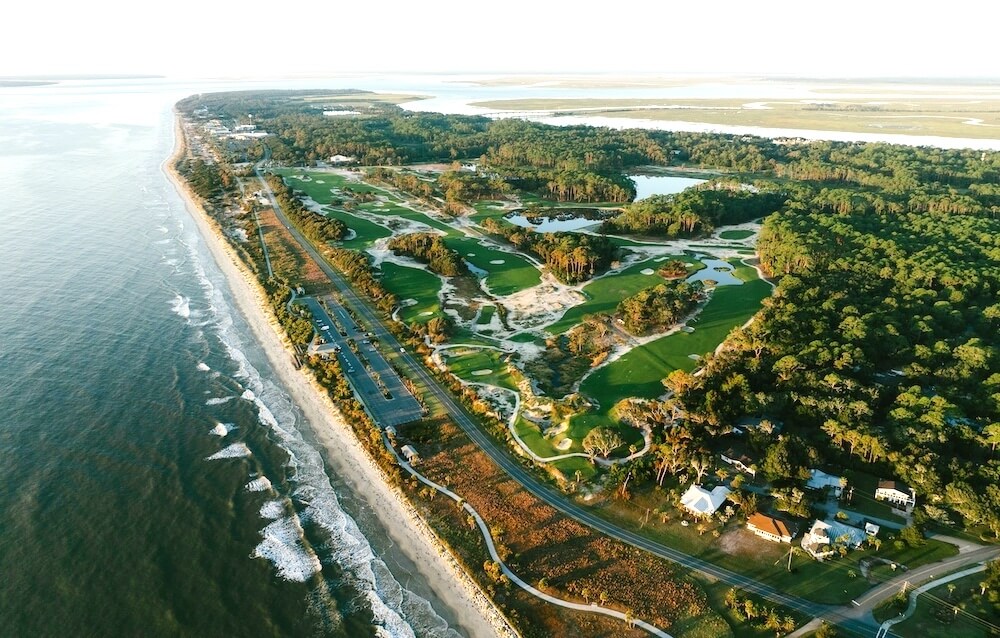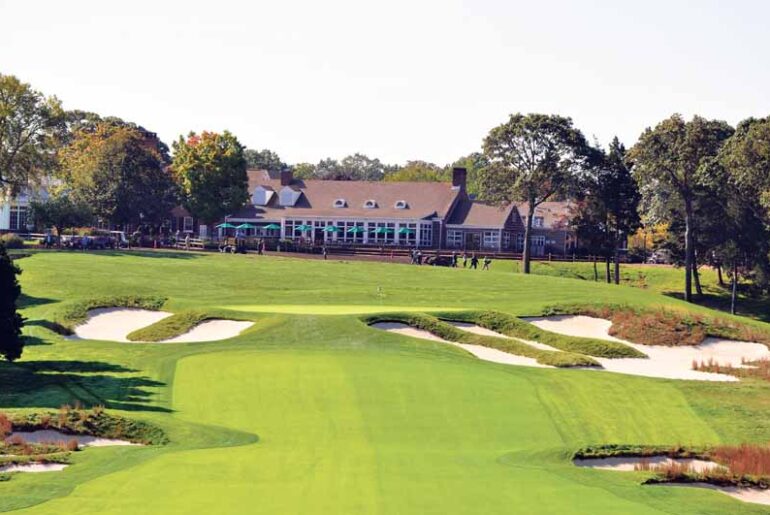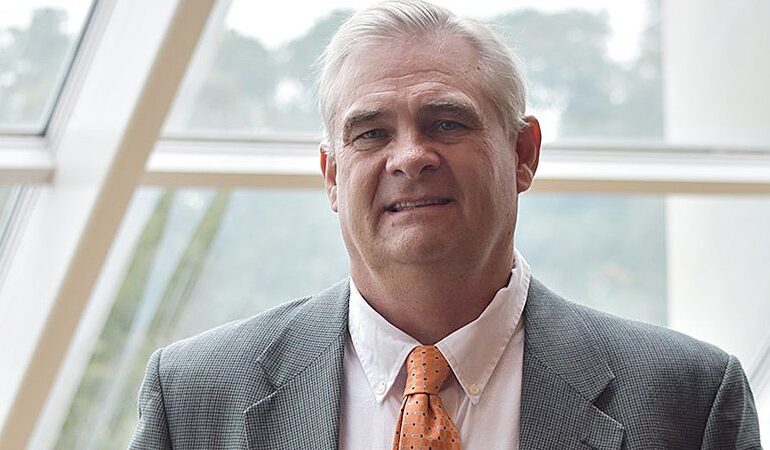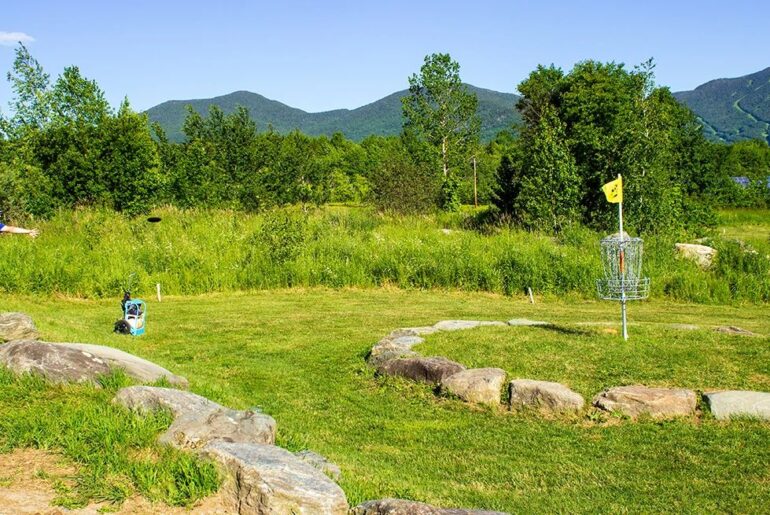JEKYLL ISLAND, GEORGIA | The Old Man’s last golf course has been brought back to life by two young architects along the ocean dunes of coastal Georgia.
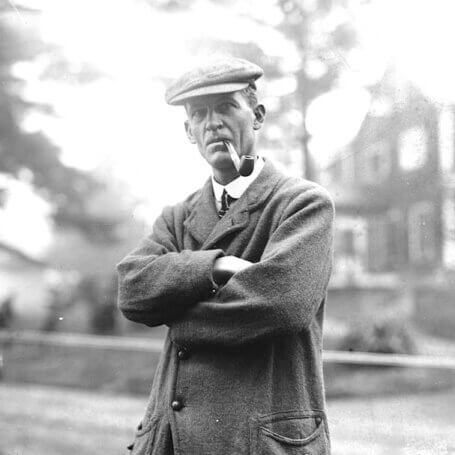 “The Old Man,” Walter Travis
“The Old Man,” Walter Travis
The separate design teams of Brian Ross and Jeff Stein collaborated on a project to restore the surviving nine holes of Walter Travis’ nearly century-old Great Dunes Course and flesh it out with nine reimagined holes inspired by the Old Man’s work at the Jekyll Island Golf Club.
The result of their painstaking and inventive work reopens to the public on Nov. 1.
“Brian, Jeff and the Jekyll Island Authority have renewed and reinvigorated that spirit with this restoration and renovation bringing Travis back to life in the dunes and in the forest, with a mission of promoting and preserving Travis’ legacy,” said Kevin Murphy, an executive committee chairman for the Walter J. Travis Society.
Travis was a native Australian but a naturalized U.S. citizen after moving to the States for work when he was 23 and marrying an American. He took up golf in 1896 when he was almost 35 and regretted all the years he spent without the game in his life. His peers called him “the Old Man” owing to his late start in the game, but the old man caught up quickly and became the country’s best amateur champion.

Travis won the U.S. Amateur in 1900, 1901 and 1903 and finished runner-up in the 1902 U.S. Open, where he claimed low amateur five times in six career starts. In 1904, he became the first American to win the British Amateur in his only start across the pond.
As a journalist, Travis founded The American Golfer before turning the game’s pre-eminent magazine over to Grantland Rice. As an architect, he had strong opinions about strategic design and incorporated them into his work at places such as Garden City (New York), Ekwanok (Vermont) and Canoe Brook (New Jersey). His influence was reflected at some of America’s greatest courses in consultation work with fellow architects C.B. Macdonald (National Golf Links), Donald Ross (Pinehurst No. 2) and George Crump (Pine Valley).
 Jeff Stein (left) and Brian Ross Scott Michaux, Global Golf Post
Jeff Stein (left) and Brian Ross Scott Michaux, Global Golf Post
Jekyll Island’s Great Dunes turned out to be the Old Man’s final project. The island was a private winter playground for families with names such as Rockefeller, Vanderbilt, Morgan and Pulitzer. The well-heeled club members had been playing golf on Jekyll since 1899, but they invited Travis to take a look and commissioned him to tear up what was there and build them a true 18-hole links-style course right along the dunes and beach.
Travis designed Great Dunes, but he died in 1927 before the course was completed and officially opened in 1928 – a year before the stock market crash started leading to its almost immediate neglect and eventual closure in 1942. Its exposure to the ocean and winds left the nine beachfront holes vulnerable to storms and erosion that reclaimed them. The state of Georgia acquired the island in 1947 and reopened the remaining nine holes in 1948 to the public as the Jekyll Island Golf Course, where a round cost just $1.
That original nine endured, but over the years its Travis features were gradually shrouded and buried under a century of overgrowth.
The Travis-inspired journey that Ross and Stein take you on from the maritime forest to the ocean and back hits its stride at the par-3 third hole, with a green site that stands out as an island surrounded by sand with contours inspired by Travis’ unique 12th hole at Garden City.
Uncovering the original Travis nine and expanding it to 18 holes using half of the adjacent Oleander course built in 1963 by Dick Wilson was an exercise in forensics and imaginative design by the team of Ross and Stein. They scoured archival images of the course and studied Travis’ articles and other projects to not only restore the raw coastal features of the original Great Dunes nine but incorporate Travis elements from the lost holes and elsewhere to blend the dunescape into the coastal woodland terrain of the Oleander site.
The first three holes are rebuilt with some Gilded Age elements installed on the former Oleander, such as the three bunkers to carry at the left corner on No. 2 that were lifted from archival photos of the lost 15th hole on the original Great Dunes.
The Travis-inspired journey that Ross and Stein take you on from the maritime forest to the ocean and back hits its stride at the par-3 third hole, with a green site that stands out as an island surrounded by sand with contours inspired by Travis’ unique 12th hole at Garden City.
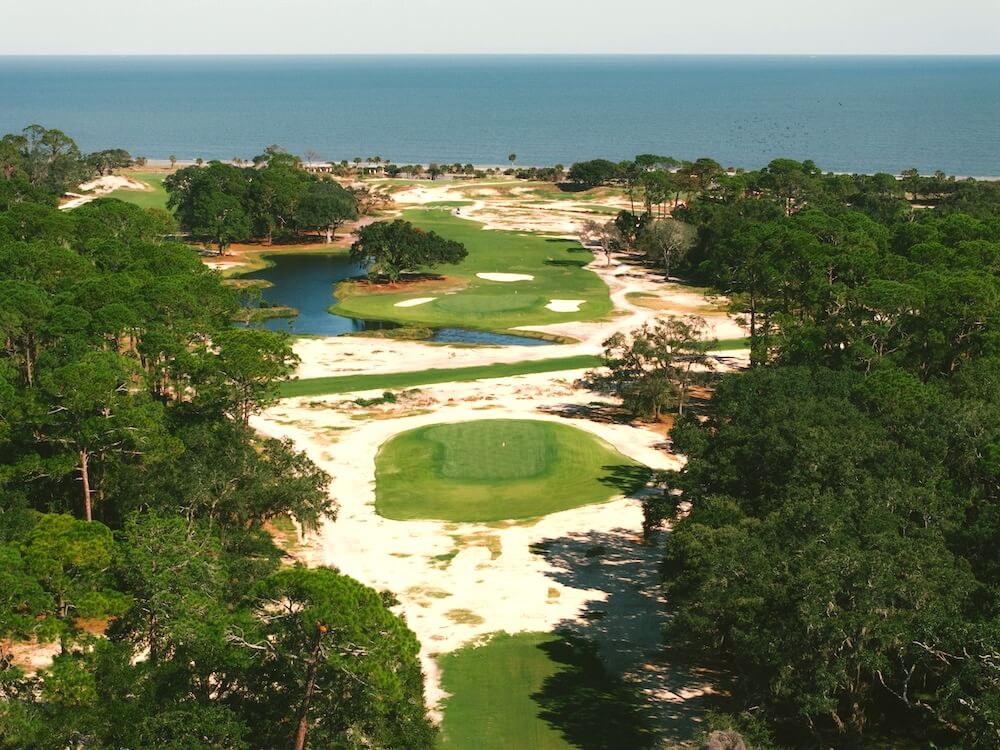 The par-3 third
The par-3 third
They completely cleared out a thick wall of pines, vines and palms behind the third that separated the Oleander from the Great Dunes, creating a previously non-existent view all the way to the horizon that serves as the transition to the restored Travis holes (now Nos. 4-12).
“How are you going to get the two distinct golf courses, one from the ’20s and one from the ’60s, and make that work?” said Ross of Jekyll Island’s primary concerns. “This was a really critical point in that process – letting the eyes follow all the way out to the dunes and also bringing them a little bit closer with recreating Travis’ style here on the green. I believe we’ve created a seamless connection between the two.”
There is no better introduction to the Travis holes than the par-5 fourth – which back in the less politically correct 1920s was dubbed “Mae West” for the two large dunes that flank the entrance to the elevated green that overlooks the Atlantic Ocean. It takes a daring man to go for the narrow bit of cleavage between the dunes and not lay up to set up a wedge.
 The par-5 fourth, once dubbed “Mae West,” as it appeared then and now
The par-5 fourth, once dubbed “Mae West,” as it appeared then and now
The architects dug down through organic buildup to the native grade and rebuilt it all the way out to the original corners based on archival photos.
From there, the Great Dunes experience continues for nine holes as the centerpiece, with a cozy par-3 fifth parallel to Beachview Drive. The par-4 sixth and 12th share adjacent teeing grounds overlooking the sandy bottom expanse. After the long par-3 seventh into a prevailing wind, the par-5 eighth reaches all the way to the southeast corner where the green is concealed by a dune ridge that cuts across at a diagonal, making it reachable with a well-placed approach that can tumble over the crest of the ridge.
The green on the dogleg 10th is tucked into the dunes with a wooden-plank bridge recreated above the green that looks just like the original that goes to the back 11th tee. The short par-4 11th presents a tantalizing challenge to go for another green sitting up on the dunes with trouble lurking long and left.
From 13 inward is the rest of the reimagined Oleander course that incorporates the maritime forest and several lakes. The green on the par-5 13th that bends around a freshwater lake was inventively recreated from one of the lost Travis greens that’s now somewhere underneath the beachfront Holiday Inn Resort.
On the whole, the new Great Dunes offers a good mixture of holes with a couple of short par-4s, reachable and unreachable par-5s and a wide range of par-3s.
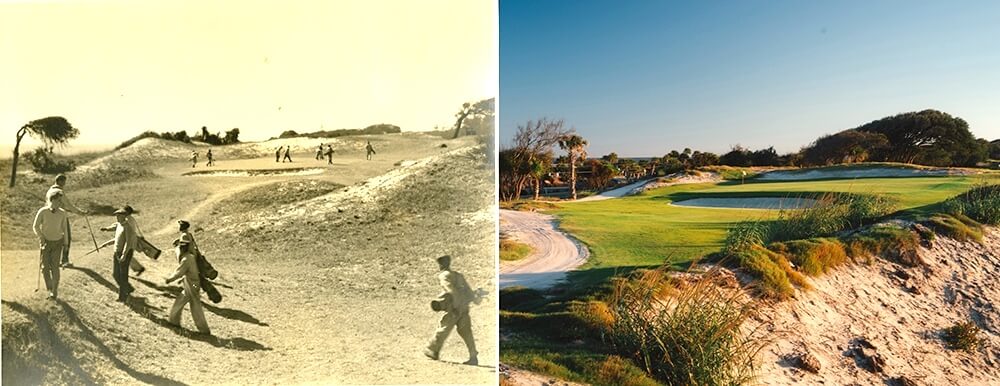 No. 5, decades ago and today
No. 5, decades ago and today
Great Dunes is the only golf course in Georgia to use a brackish water irrigation system, a pioneering sustainability feature that reduces reliance on fresh water, curbs chemical use and minimizes environmental impact with salt-tolerant seashore paspalum grass. The architects removed more than 70 acres of turfgrass on the site to not only enhance the sandy features underneath but further reduce water usage. The remaining 52 acres on the former Oleander course is being converted into a conservation area that will become a wildlife corridor connecting habitats from the marsh to ocean sides of the island and providing public nature trails.
Along with the recently renovated Pine Lakes ($95 including cart) and Indian Mound ($75) courses, the reopened Great Dunes ($135) gives Jekyll Island Golf Club 54 holes of quality golf available year-round to residents and visitors at approachable prices, making it one of the largest public course operations in the southeast. Great Dunes is one of only three Travis courses publicly accessible – along with Grover Cleveland (Buffalo, New York) and Grand Mere (Quebec, Canada) – and stands alone as the only one that’s restored.
“Because it’s a state park, they want it to be affordable,” said Stein. “The public access is so important but so is the price point. Pebble Beach and Kiawah are public, but not at this price point. We’d like to see it stay at a level to sustain what we’ve built.”
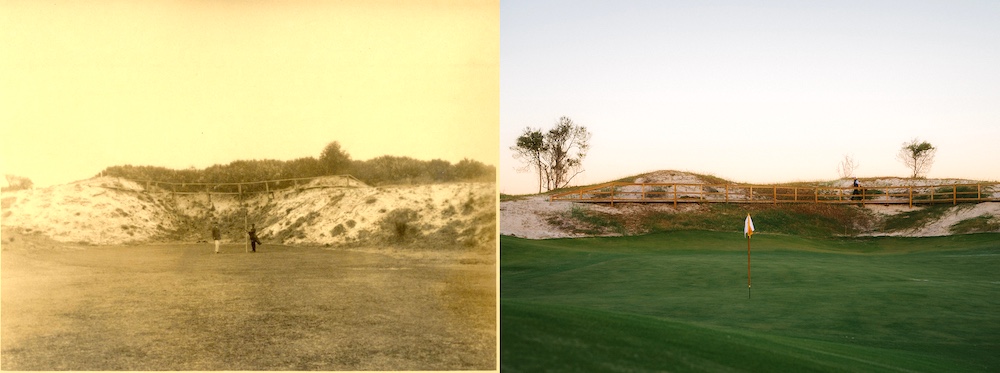 An archival shot of No. 10, along with a modern-day look
An archival shot of No. 10, along with a modern-day look
It’s an impressive team effort from Ross and Stein, who pooled their separate formative experiences at places such as Oregon’s Bandon Trails (Ross) and Georgia’s Ohoopee Match Club (Stein) into a successful long-shot bid to reinvent Travis’ legacy at Jekyll.
“We were the strongest bid because of how much attention we were paying to the history of Travis and bringing the inspired nine into the Great Dunes nine,” said Stein, who said he and Ross independently created the same routing plan which made sense because the same nine Dick Wilson holes from the Oleander were often originally combined with the Great Dunes.
“It was kind of always meant to be,” said Ross.
The Old Man would be pleased.
Top: An aerial shot of Great Dunes at Jekyll Island, which opens to the public this Saturday after a reinvention. Photos Austin Kaseman, Courtesy Jekyll Island Resort
© 2025 Global Golf Post LLC

